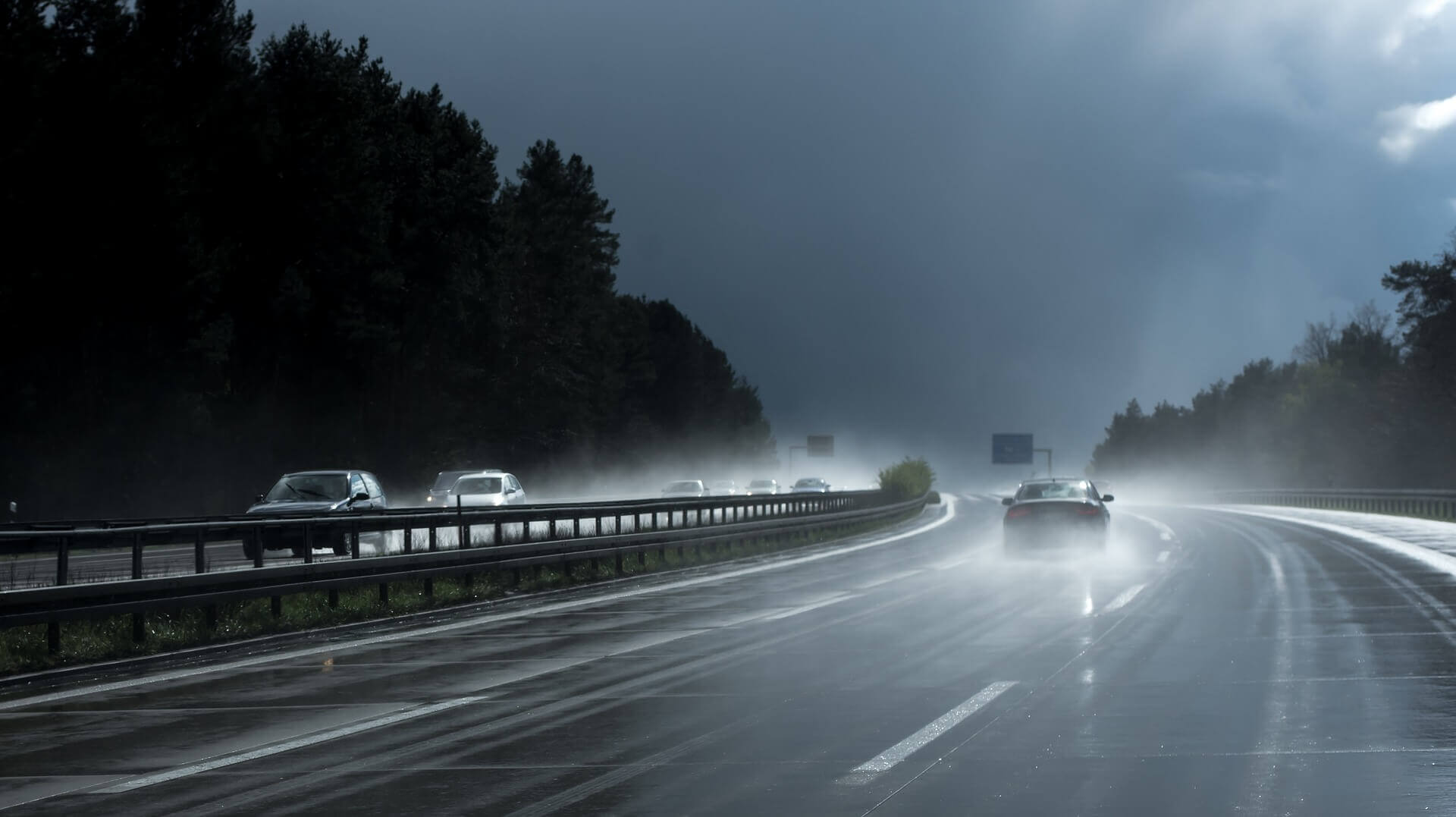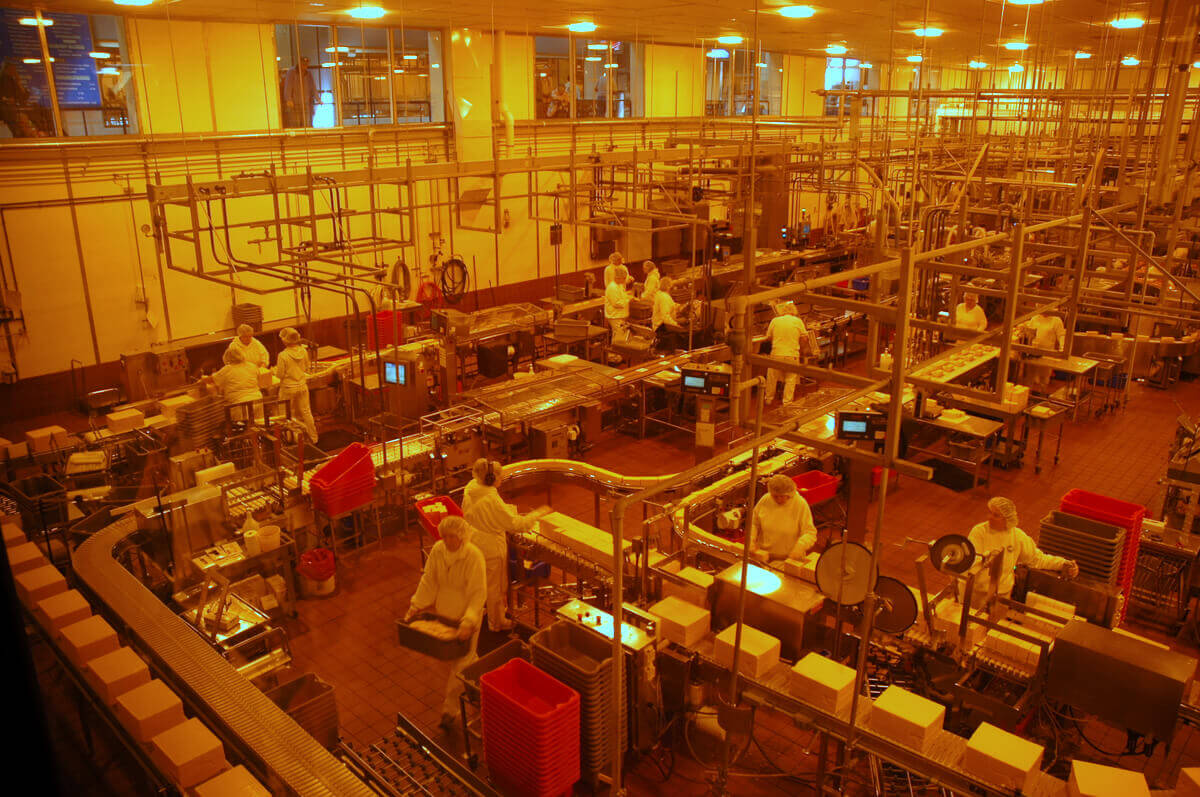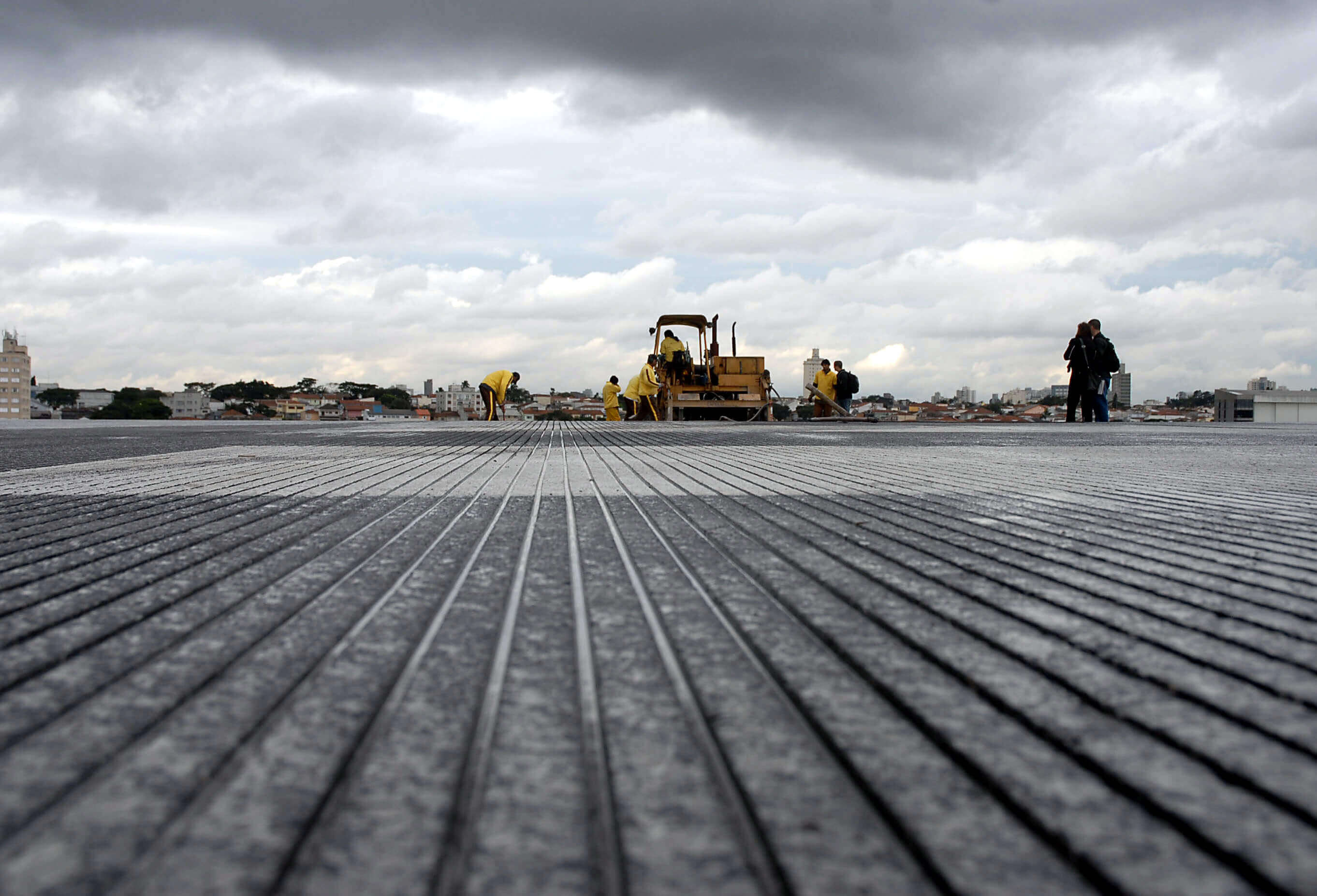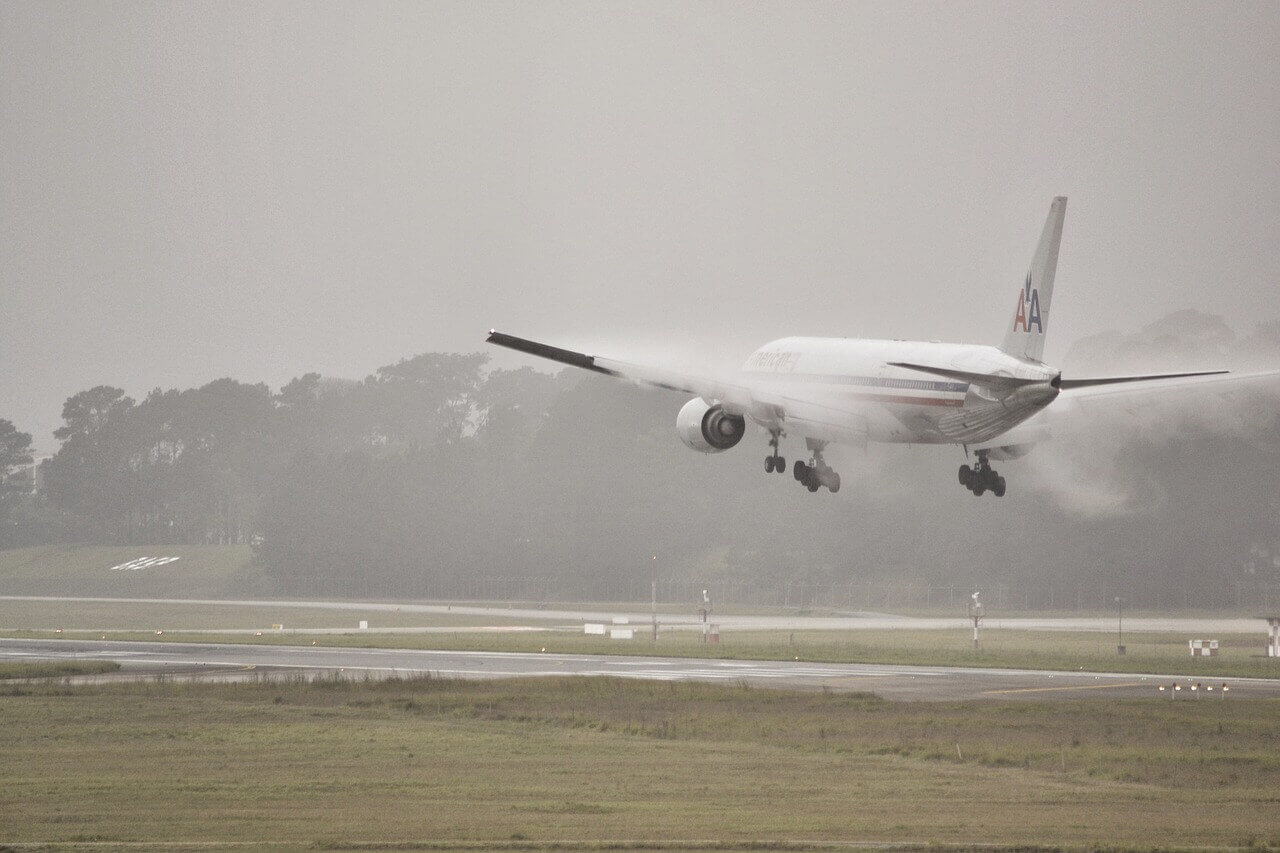



Safety grooving of concrete using machines equipped with diamond blades increases traction on wet surfaces. Extensive NASA research led to this process being applied to airport runways and highways around the world, reducing wet-weather accidents. Other applications include slippery concrete surfaces inside cattle and dairy facilities, as well as sidewalks, parking lots, playgrounds, factory floors and service stations.
In the 1960s, NASA's mission to support U.S. aviation led to a research program to prevent planes from hydroplaning on wet runways. The solution was a series of grooves traversing the runway to create channels through which excess water could run off. The system has been adopted for airports, highways and other surfaces all over the world.
Learn more about how NASA helped develop technology that impacts highway safety within your city's automotive environment!